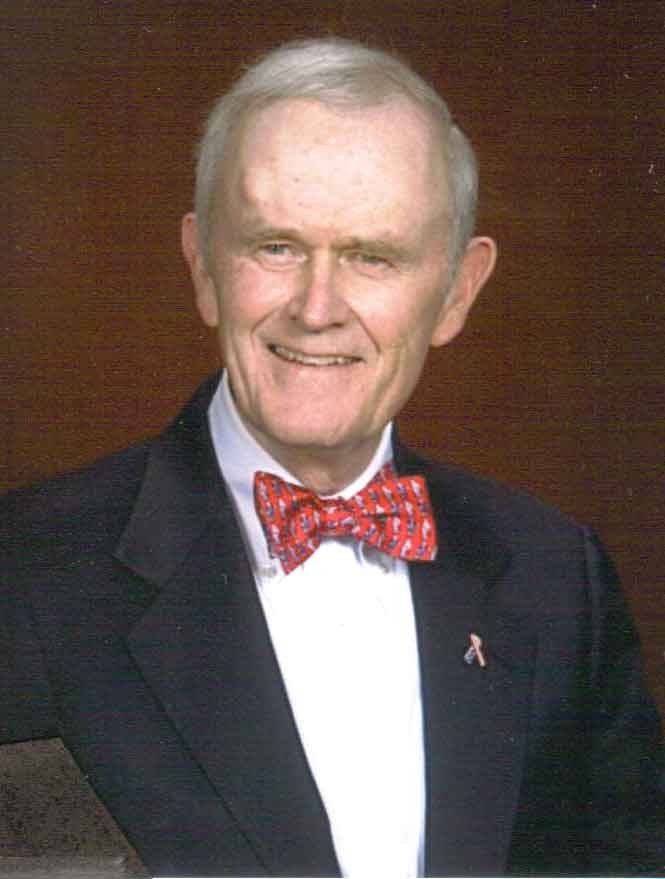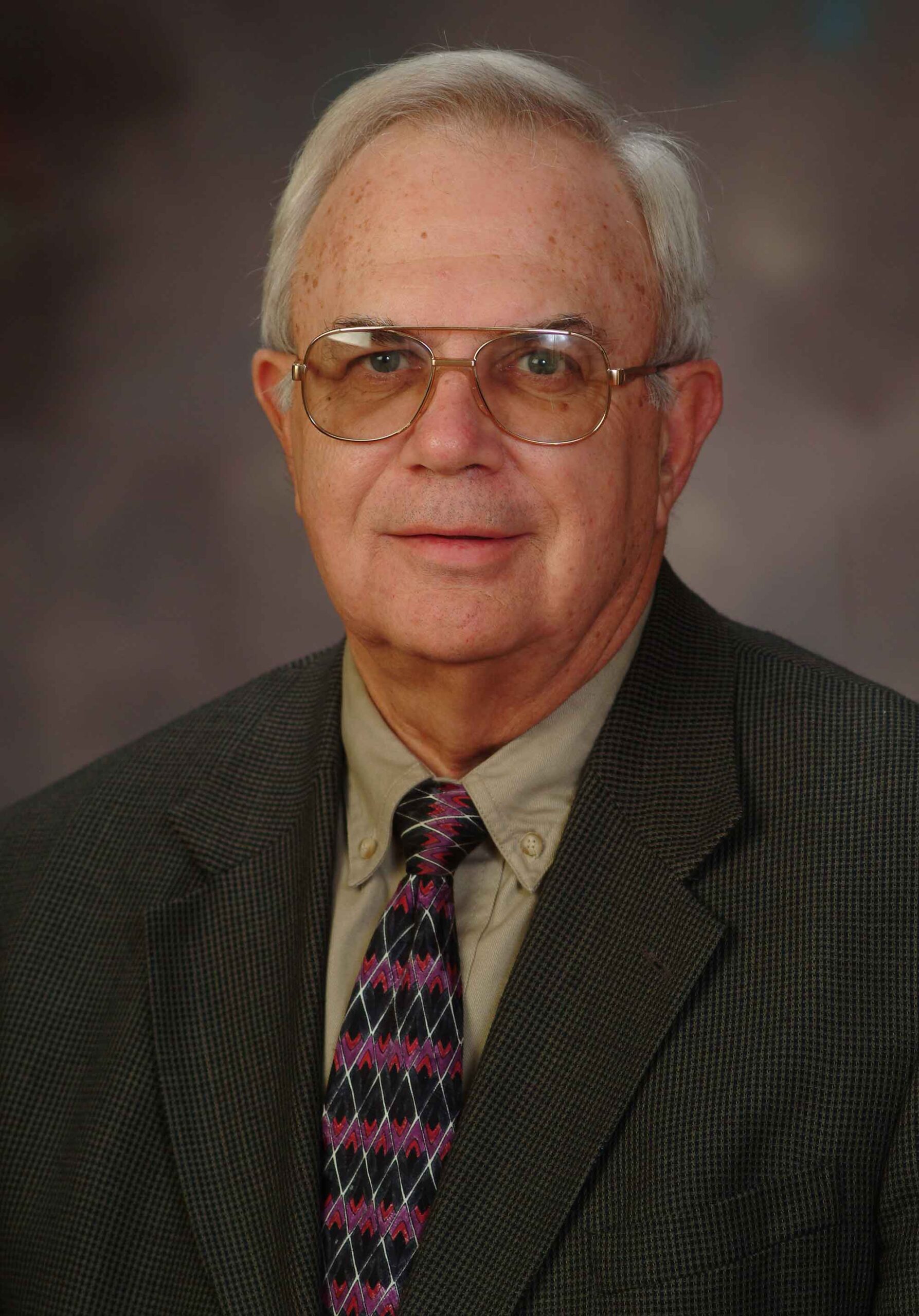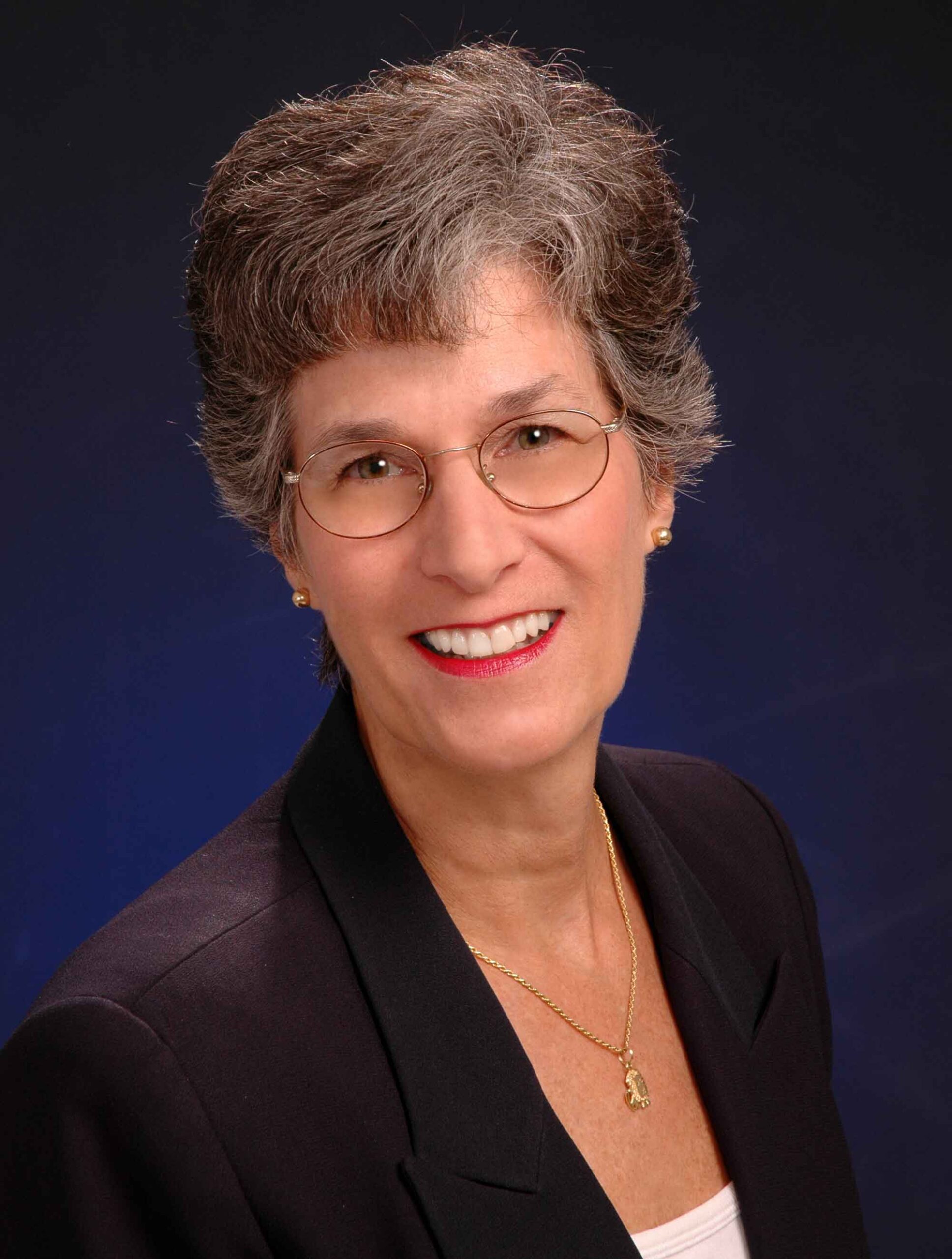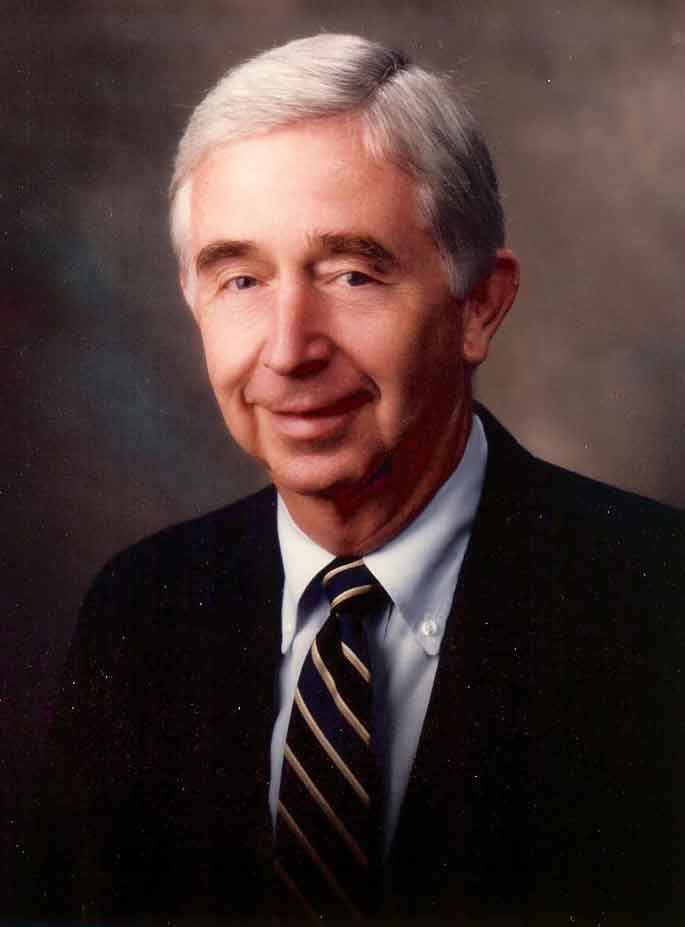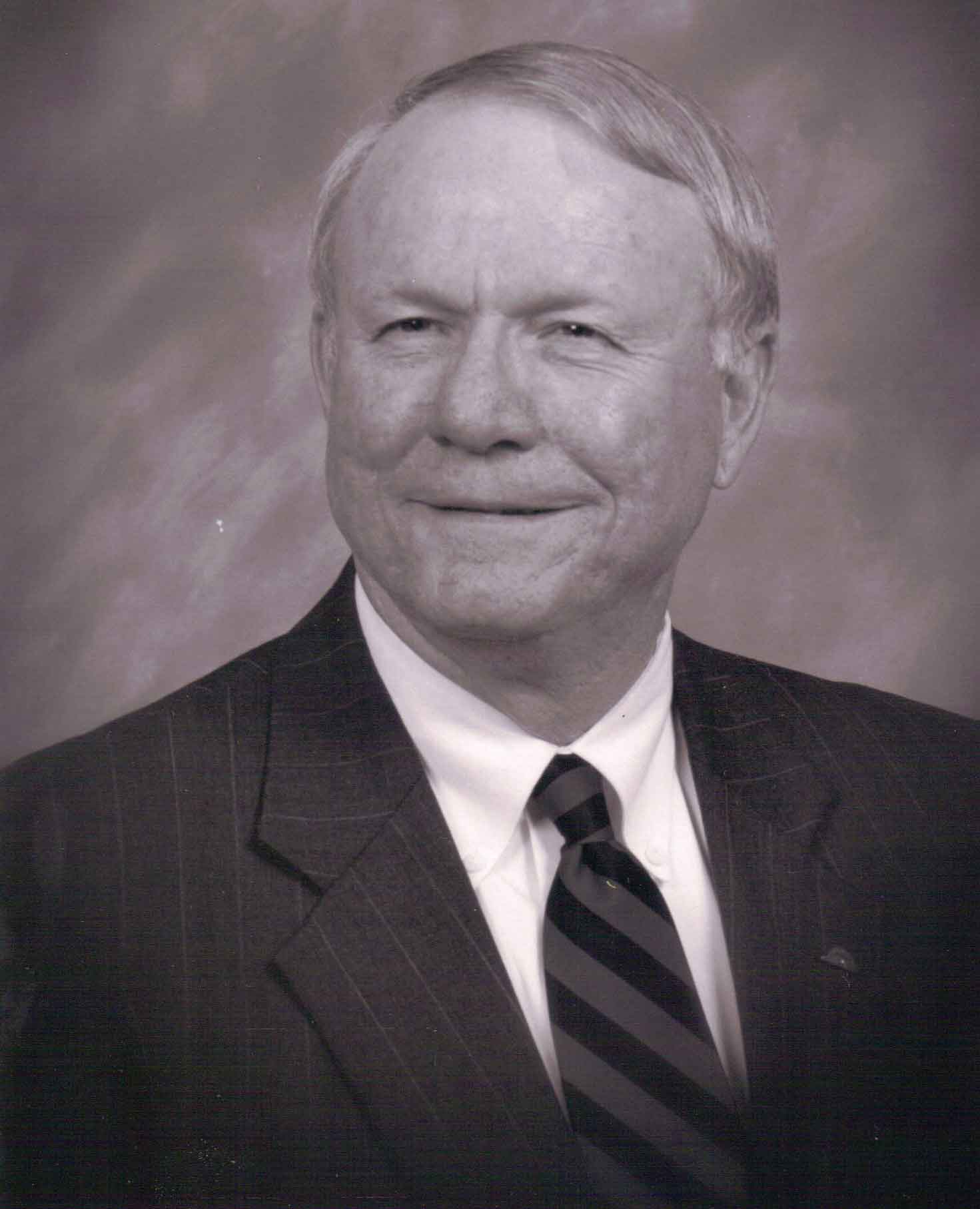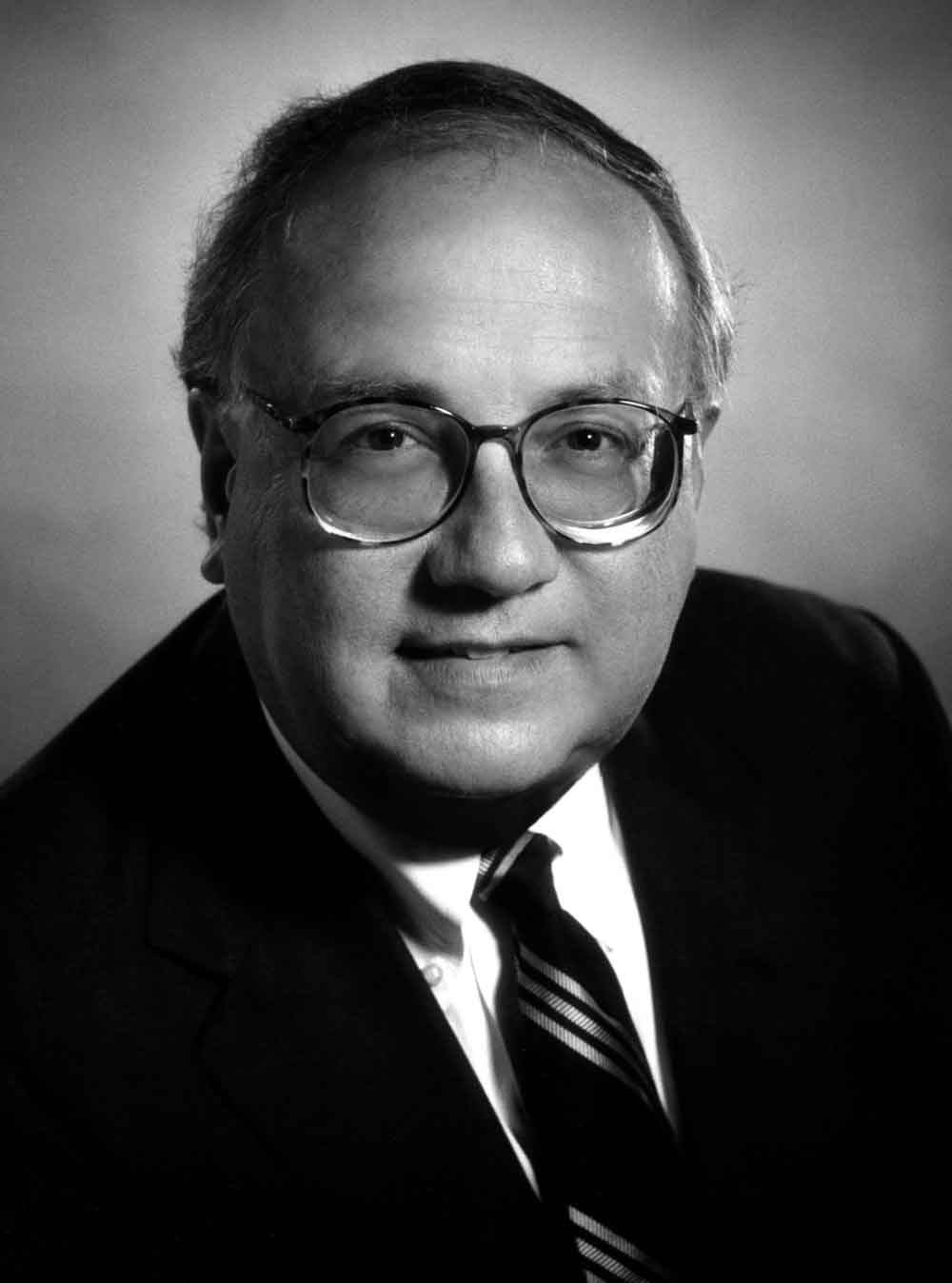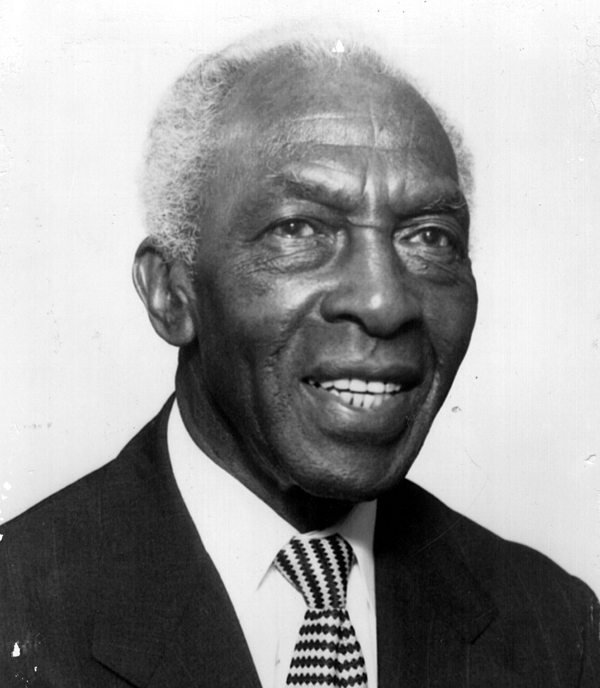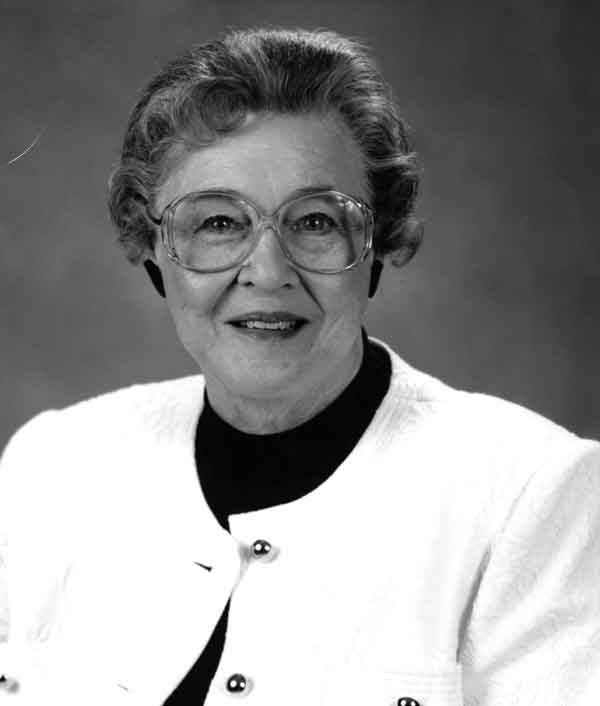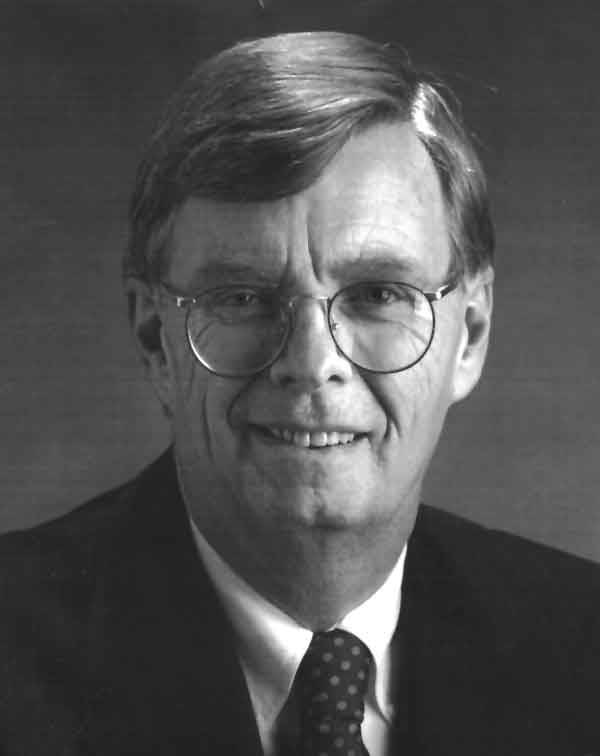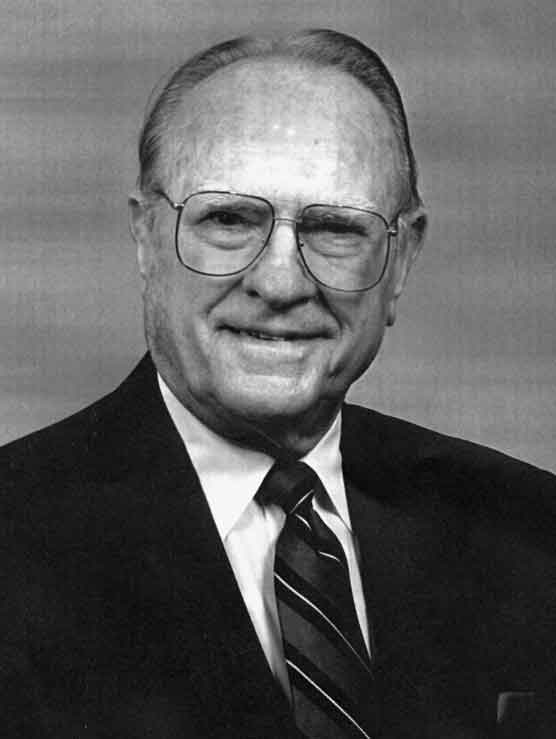Spencer Frantz has the distinct pleasure of being Roanoke born and raised, and he has called this area home for all his 76 years. Spencer named for his maternal grandfather and a Roanoke banker, is the middle of three boys born to Virgil and Elizabeth “Dollie” Spencer Frantz. Before they could understand the world, the boys would be acclimated to entrepreneurship and forever tied to the business savvy of their grandfather Graham White Manufacturing Company produced some of the most intricate and important equipment to keep train locomotives on the move.
In 1914 when Mr. White, a pipefitter for N & W railroad and an idea man, plus Mr. Graham, an investor, formed a partnership with James Frantz, Spencer’s grandfather. James Frantz was the glue for the team, and worked behind the scenes (obviously because the Frantz name never became a part of the company name) at White American Locomotive Sander Company. The company produced the first-ever sanding device from its location at 316 South Jefferson Street in Roanoke. This apparatus distributes sand onto the rails to create the much-needed traction under the wheels of the trains still today. The sanding device patent was not issued until 1918, at the same time railroads hit a “freeze” because the government took over the lines while World War One waged.
In a 1917 business listing of Roanoke’s incorporated businesses, Mr. White is listed as President, and Mr. Frantz as Secretary-Treasurer. Mr. James Frantz ran the business from its inception and the business hit tough times with the new government-run rail lines. It wasn’t until 1921 that the business could resurrect. Reorganized in 1925 under the name of Graham White Sander Corporation, Mr. Frantz was the V.P/ Treasurer and Graham and White had dropped out of the business. His son, Virgil (Spencer’s father) had an illness that forced him from Washington & Lee in May 1924. The ensuing Great Depression required Virgil to stay with business. When the business took another blow, however, the Frantz family fell back on the family orchards to survive.
In the early 1930s the orchards yielded 50,000 -60,000 bushels of apples and almost 30,000 bushels of peaches. The manufacturing business started to rebound in the early 1940’s and around 1942 James Frantz took ill and the leadership of the company now belonged to Virgil Frantz. The annals reveal that James Frantz was an entrepreneur running an automobile dealership in Roanoke before running G-W. James Frantz was a proponent of education graduating in 1898 with a strong grade point average and serving as editor-in-chief for Roanoke College’s first annual. His majors in Greek and Latin from Roanoke College provided his first job teaching the same languages as an instructor at Botetourt Normal College.
The three Frantz grandsons Lanier, Spencer, and Bouldin all were intrigued with the business as tikes because they knew it helped to make trains run, and what could be more exciting than to hear and see up close those glorious steel work horses.
Spencer too would appreciate education attending Roanoke City schools until 5th grade, then 6th grade through 10th grade he attended Andrew Lewis High School and completed his junior and senior years in a New York boarding school. Young Spencer learned firsthand the meaning of a work ethic by rising early during the summers to work on the family’s farm and orchard in Salem located where the current Hanging Rock golf course exists. The farm was important during the volatile economic times of the depression and impending wars. The Frantz family had cattle, pigs, and an orchard that was plentiful with peaches and apples. In the mid 40’s Spencer, his brothers and parents raised and trained Tennessee Walker horses that were placed in many horse shows in the area. It is the memories of working the back break hours in the orchards that made Spencer appreciate education and the opportunities that he would be afforded.
Spencer returned to Virginia after boarding school and spent four years at Washington and Lee graduating in 1954 with a Bachelor of Science degree in Commerce. He was also active in the college’s ROTC program. Like many men of the time from 1955-1957 Spencer served on active duty with the Army, going through basics at Fort Eustis and then assigned to Thule, Greenland as a member of the Transportation Arctic Group for a year and finishing out his commitment at Fort Eustis for the remaining year. That one-year experience in Greenland is recounted in an article “Men Against the Icecap”. Spencer and his unit were the first to experience continuous movement over an 1,800-mile Greenland icecap trail during the winter blackout. Crevasse detection, blizzards, and bridging were major concerns along with temperatures that froze engines. Their trek taught a lot particularly new ideas on arctic clothing and gear were born. Spencer and his unit have remained friends for over 50 years, gathering frequently for reunions throughout the nation.
Personally, after several social events and chance meetings in 1950 and ‘51 with the lovely Joy of Charlotte, North Carolina, Spencer through the insistence of a close friend took Joy on a date in 1952. They married immediately after Spencer’s college graduation. Joy knowing, she had met the man of her dreams gave up college in her sophomore year to marry and travel to Greenland, and the newlyweds have remained together, this year celebrating 55 years of marriage.
Once the Army obligation ended Spencer became a part of the Graham White operation from 1958-68, Spencer was learning the fine points of running a company by working in purchasing taking on the benefits program and several other departments before becoming the company treasurer. Spencer’s older brother, Lanier, was already putting in full days working in managerial positions of their father’s new acquisitions. This work experience helped him appreciate his father’s philosophy of supporting the “Graham White family” with respect. Many of the G-W employees have worked for 30 years.
Graham-White was strictly a manufacturing company until 1956 when key salespeople from another firm very familiar with G-W products created the Graham-White Sales Corporation. It was during this time that The Salem Boats Division of Graham-White Manufacturing was formed in 1955 because of Virgil Frantz’s passion for boats. Semi-finished boat hulls were imported from Germany. The engines and other equipment were installed in Norfolk and at the Graham-White plant. Eventually the whole manufacturing process was at Graham-White until it closed in the early 60s. Some of the buildings used for boat manufacturing now house the Graham-White foundry.
Spencer’s increased knowledge of the company and stints in the leadership role while his father conducted business around the nation only to be curtailed by his father upon his return to the plant proved to be daunting.
Spencer along with financial backing from his older brother and a business partner pursued their entrepreneurial yearnings and he started the Tread Corporation in 1968. Spencer served as President. Spencer led this business for nineteen years. The company distributed high explosives and later produced storage containers for high explosives used in excavation work. This successful business led to a subsidiary, Treadlok, the first manufacturer of a gun safe for the shooting sports industry.
The Graham White Company was also growing as its engineers were designing and getting new devices patented to make the rail industry safer and speedier. Four new items have become standards from the Graham White line of quality products.
- Air dryers – a device that compresses air removing moisture. First designed for the rail industry, they are commonly used today for buses and light rail in large cities.
- G-W solenoid valves are designed with pipe brackets to permit easy maintenance as required. As a result, no air connections need to be disconnected. This reduces out-of-service time for equipment and saves money. A unique duplex solenoid valve is available for one inlet connection and two outlets for dual operation.
- Bell ringer – the warning device for locomotives as they back up, this air motor makes a bonging sound when in use, and it’s the casting of the clapper that GW does. In the last couple of years, the bell ringer has evolved to become strictly electrical, and it creates the same “bong” sound.
- Parking brakes for locomotives were manual and were being phased out in favor of an electronic brake. This evolution eliminated the variable of equal pressure being applied based on the strength of each engineer that had concerned the rail industry.
The development and patent of these many railroads related devices involved working with foundries, and companies that eventually were acquired by Graham White because of their ability to turn out quality products. These successes led to the physical G-W plant outgrowing its space in Roanoke and forcing the company to its current Salem site in 1949. The two-acre site boasted a new plant that was built from scratch using a lot of G-W’s own people, Lanier Frantz remembers welding on the roof. This new facility doubled the workforce, and production space and customer base. This growth was pleasing to Virgil Frantz who had the uncanny ability to find people that could translate his mechanical mind mapping into a real product. Virgil did not believe in the words “it can’t be done”, because he would prove the nay sayers wrong. It was this forceful and creative man that traveled to many parts of this country to try to learn from the best that also cramped the management style of his sons and led to their own entrepreneurial ventures.
In 1988 Spencer came back to Graham White as President/CEO to succeed his father’s leadership and provide the transition for Lanier Frantz to become chairman of the board. One of the first steps Spencer took in his new position was the transformation of the engineering department and he introduced strategic planning to ensure future growth. Spencer is credited for creating a team-oriented approach to get most of the talented workforce. In the mid 1980’s the company was experiencing growing pains and luckily there was an empty plant across the street that made for the perfect solution once it was renovated, and the company moved in 1987. This great move resulted in a 309,000 square foot facility located on 20 acres.
Like the generations before them, 1993 saw another change in leadership with the 4th generation taking the helm with Jim Frantz, Spencer’s son taking over as president of Graham White. The other striking change for Graham White that guaranteed a strong work corps was the creation of an ESOP that includes the Frantz family members and 20 stockholders.
Spencer’s sons, Jim Frantz and Robert Frantz have grown up with a fantastic legacy both were graduates of Washington & Lee like many of the Frantz men of the generations that preceded them. Both young men went on to obtain MBA degrees: Jim received his from Wake Forest and Robert received his from Thunderbird in Arizona. Robert spent a couple of summers in odd jobs at Graham-White but has spent most of his adult years working in the banking industry.
Today Spencer is the Vice Chair of the Graham White Manufacturing Company and comes to work every day he is in town. His wealth of knowledge about the business provides perspective for expanding Graham White’s footprint- which now includes locations in Carson City, Nevada, and Shreveport, Louisiana.
Spencer’s business savvy is equally matched with his interest in the community. He provided leadership in 1998 to the Roanoke Valley YMCAs in securing a superb campaign team that met and exceeded their goals to provide new sites in Roanoke city and Salem. His fundraising success has led to positions on the Salem Historical Museum board, YMCA Youth outreach drive, and the Blue Ridge Boy Scouts Council. Spencer’s love of the outdoors has served him well on board the River Foundation.
Graham-White under Spencer’s administration donated 22 acres of its previous plant location to the City of Salem and that is now known as the Moyer Sports Complex. The complex features four playing fields and is home to many tournaments that generate a large revenue stream for Salem.
When Spencer was asked what his best accomplishment has been in life, he responded being married to Joy. The couple enjoys travel, and their favorite places are Switzerland, Nepal, and Africa. When in town the two are very active as elders for Salem Presbyterian Church and have served the church in many roles as lifelong members. They are also the proud grandparents of three and the oldest grandchild Jim Frantz, Jr. makes the fifth generation to attend Washington and Lee University.
Reflecting on his life professionally and personally, he admits that the Golden Rule has always served him well. In addition to upholding his father’s belief in the Graham White employees and creating an environment that would support their best interest.
Spencer Frantz was inducted into the Southwest Virginia Business Hall of Fame in 2009.

